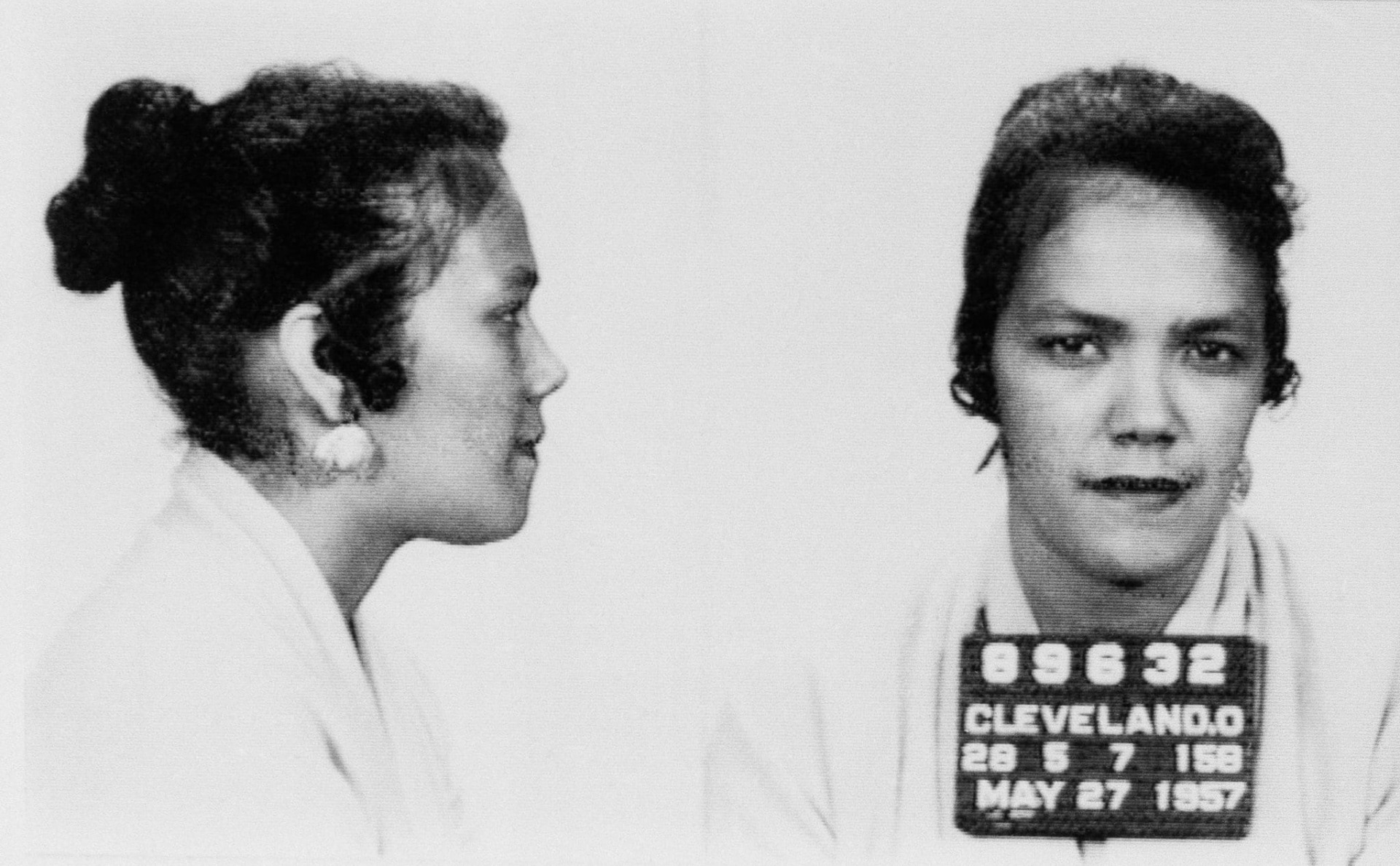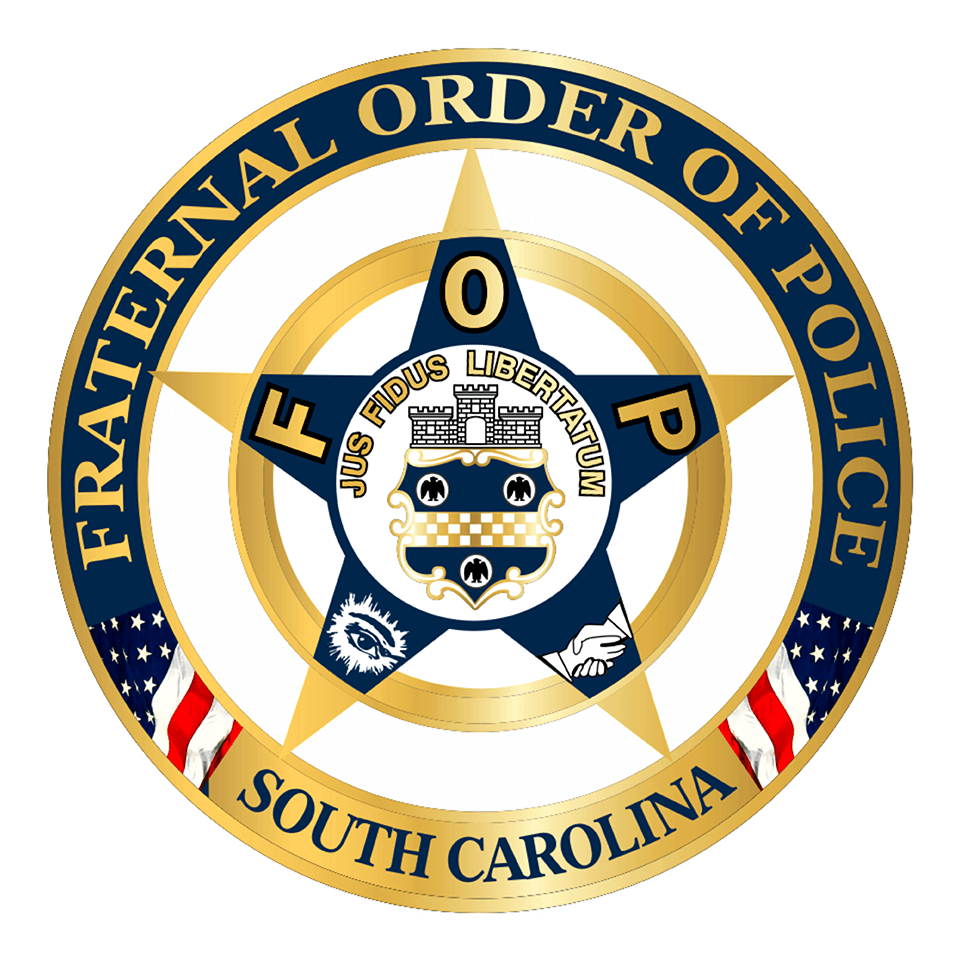On June 19, 1961, the United States Supreme Court delivered a landmark decision in the case of Mapp v. Ohio, significantly impacting the procedures and protections in criminal investigations. This case established the exclusionary rule at the state level, which prevents illegally obtained evidence from being used in court.
The Case Background

The case began on May 23, 1957, when Cleveland police officers forcibly entered the home of Dollree Mapp without a proper search warrant. They were searching for a bombing suspect and evidence of illegal betting activities. Instead, they found obscene materials, which led to Mapp’s arrest and conviction for possession of these materials.
Mapp’s defense argued that the evidence obtained during the search should not be admissible because it was seized without a proper search warrant, thus violating her Fourth Amendment rights. The Ohio Supreme Court upheld the conviction, leading to an appeal to the United States Supreme Court.
The Legal Question
The central issue before the Supreme Court was whether the exclusionary rule, which previously applied only to federal courts, should also apply to state courts. This rule would prevent evidence obtained through unconstitutional searches and seizures from being used in state prosecutions.
The Supreme Court Decision
In a 6-3 decision written by Justice Tom C. Clark, the Supreme Court ruled in favor of Mapp. The Court held that the Fourth Amendment’s protection against unreasonable searches and seizures must be enforced by the exclusionary rule, and this rule applies to state courts through the Fourteenth Amendment’s Due Process Clause.
The decision emphasized that allowing illegally obtained evidence would undermine the constitutional rights guaranteed by the Fourth Amendment. Therefore, any evidence obtained in violation of these rights must be excluded from use in state court prosecutions.
The Impact
Mapp v. Ohio significantly strengthened the protections afforded to individuals under the Fourth Amendment, ensuring that all evidence presented in court must be obtained through lawful means. This ruling effectively nationalized the exclusionary rule, creating a uniform standard for all law enforcement officers across the United States.
While the decision aimed to protect individual rights and prevent abuses of power, it also required law enforcement agencies to adopt stricter procedures for obtaining evidence. The ruling reinforced the principle that constitutional rights must be respected in the pursuit of justice.
Conclusion
The Mapp v. Ohio decision remains a cornerstone of Fourth Amendment jurisprudence, symbolizing the balance between effective law enforcement and the protection of individual constitutional rights. As we reflect on this pivotal moment in legal history, we recognize its enduring significance in shaping modern criminal procedure and ensuring that justice is achieved within the bounds of the Constitution.
Understanding the historical context and implications of Mapp v. Ohio helps us appreciate the complexities of constitutional law and the evolving nature of police work in America. This case is a testament to the Supreme Court’s role in interpreting the Constitution and its impact on the everyday lives of citizens and law enforcement officers alike.

